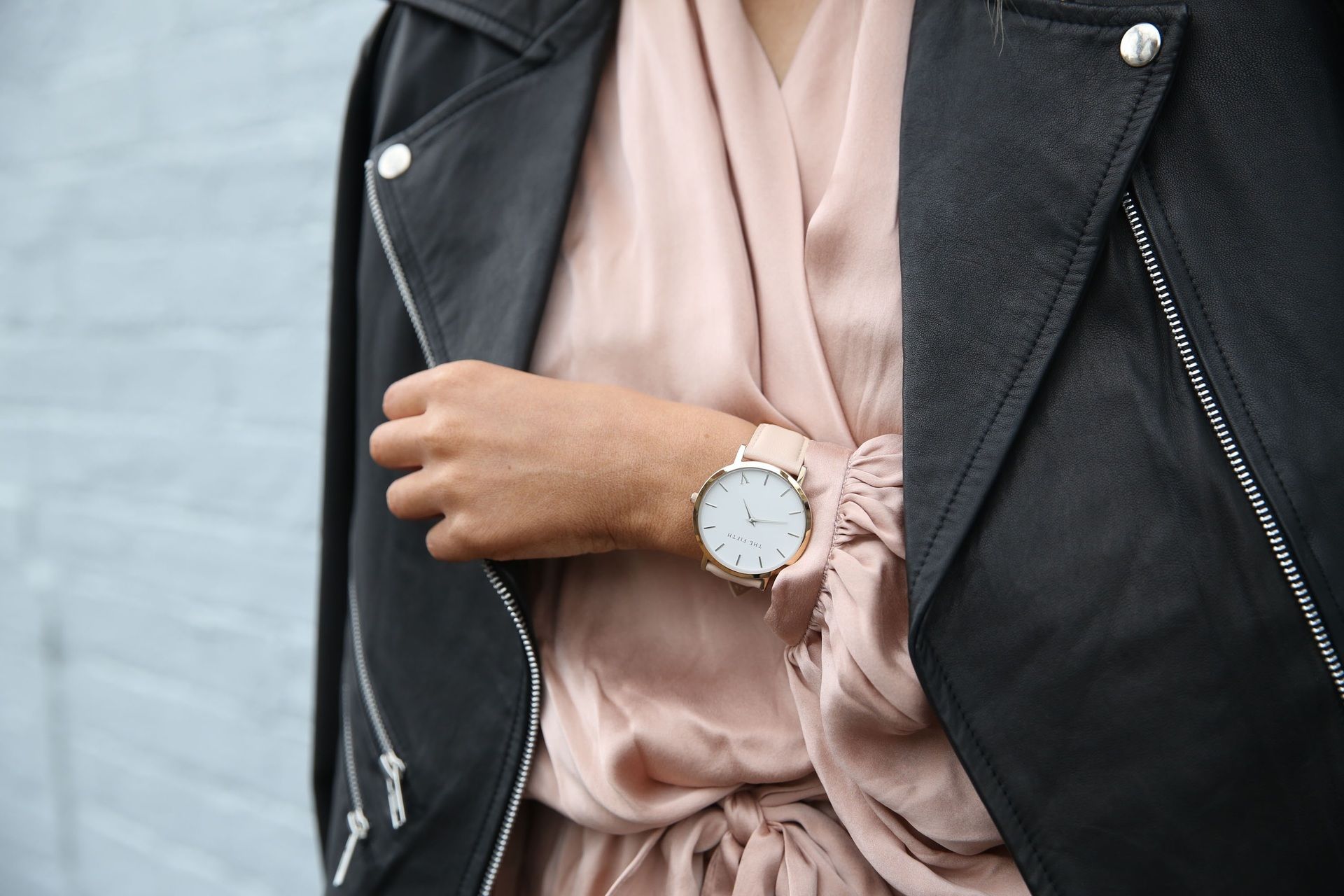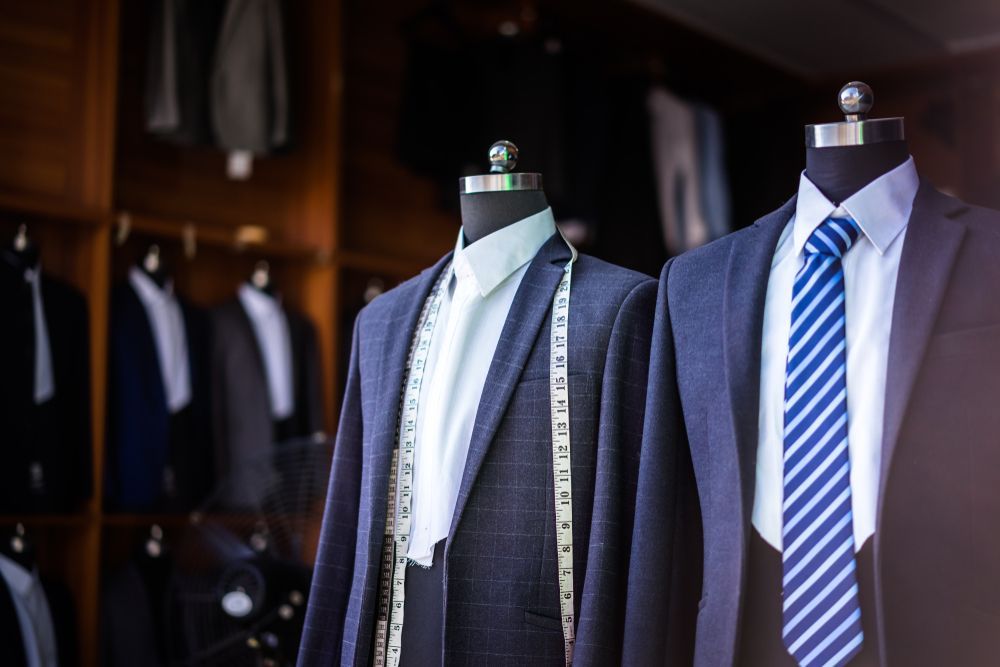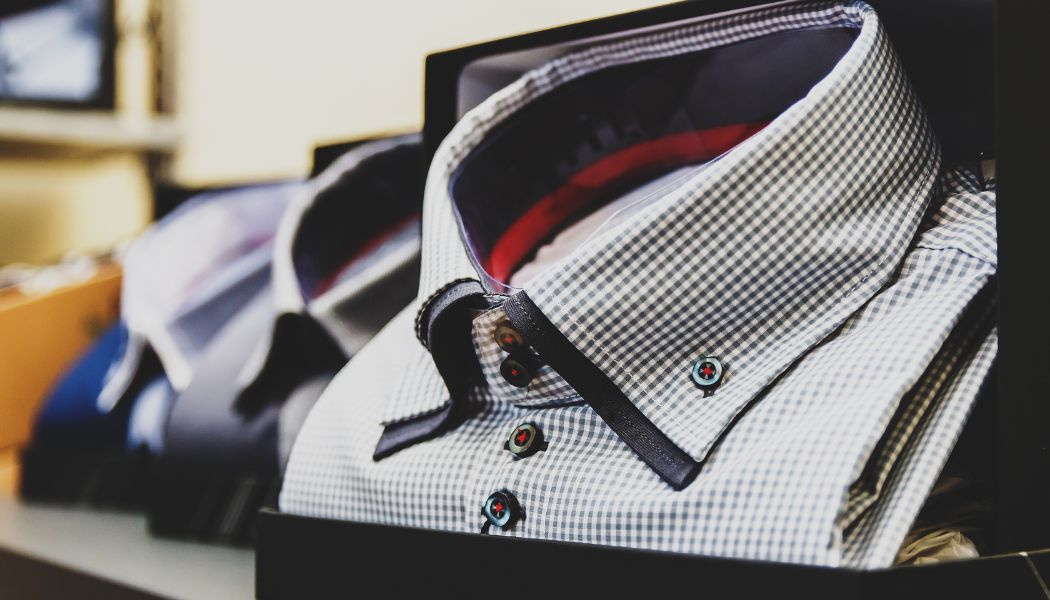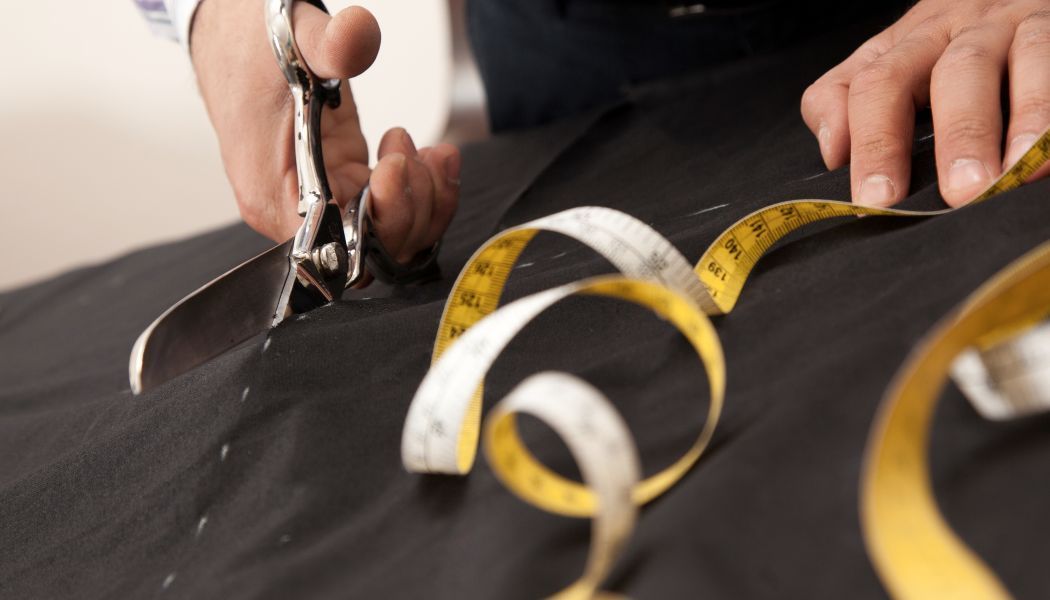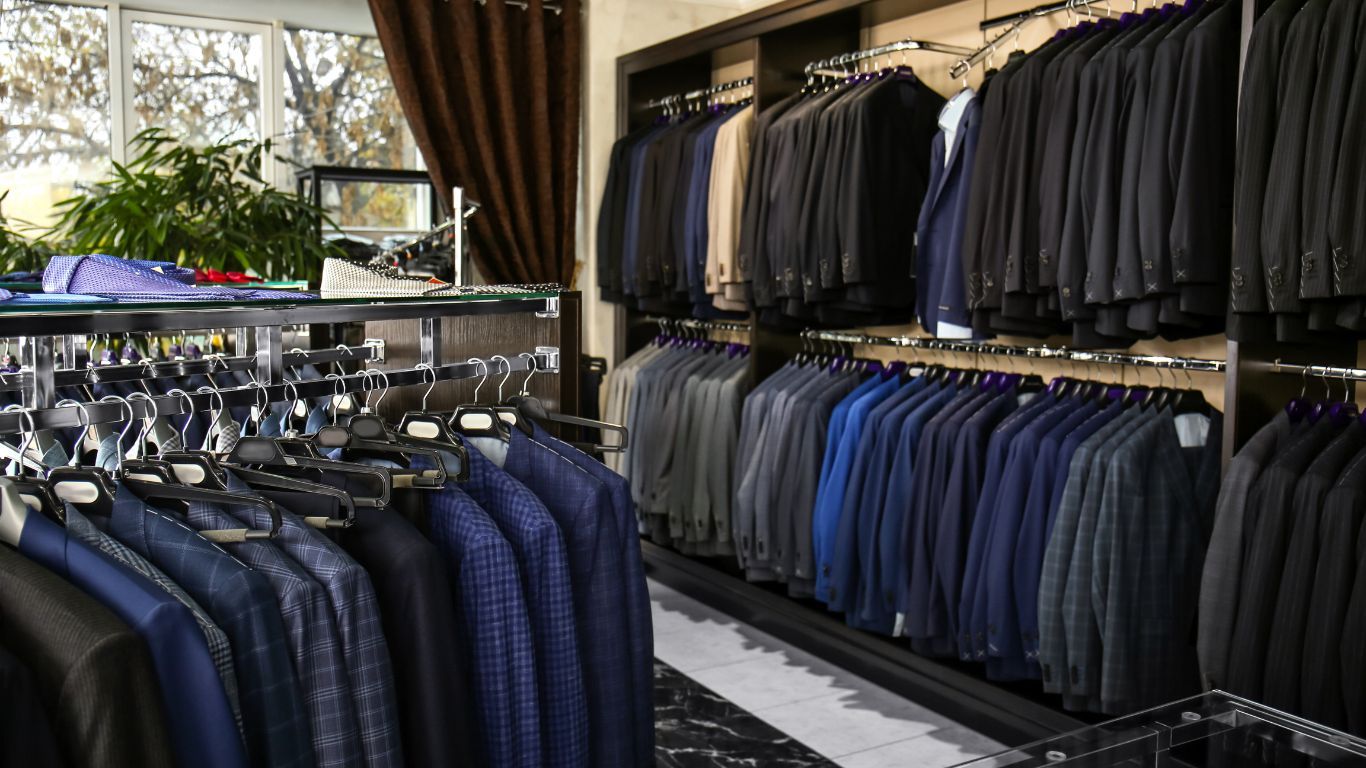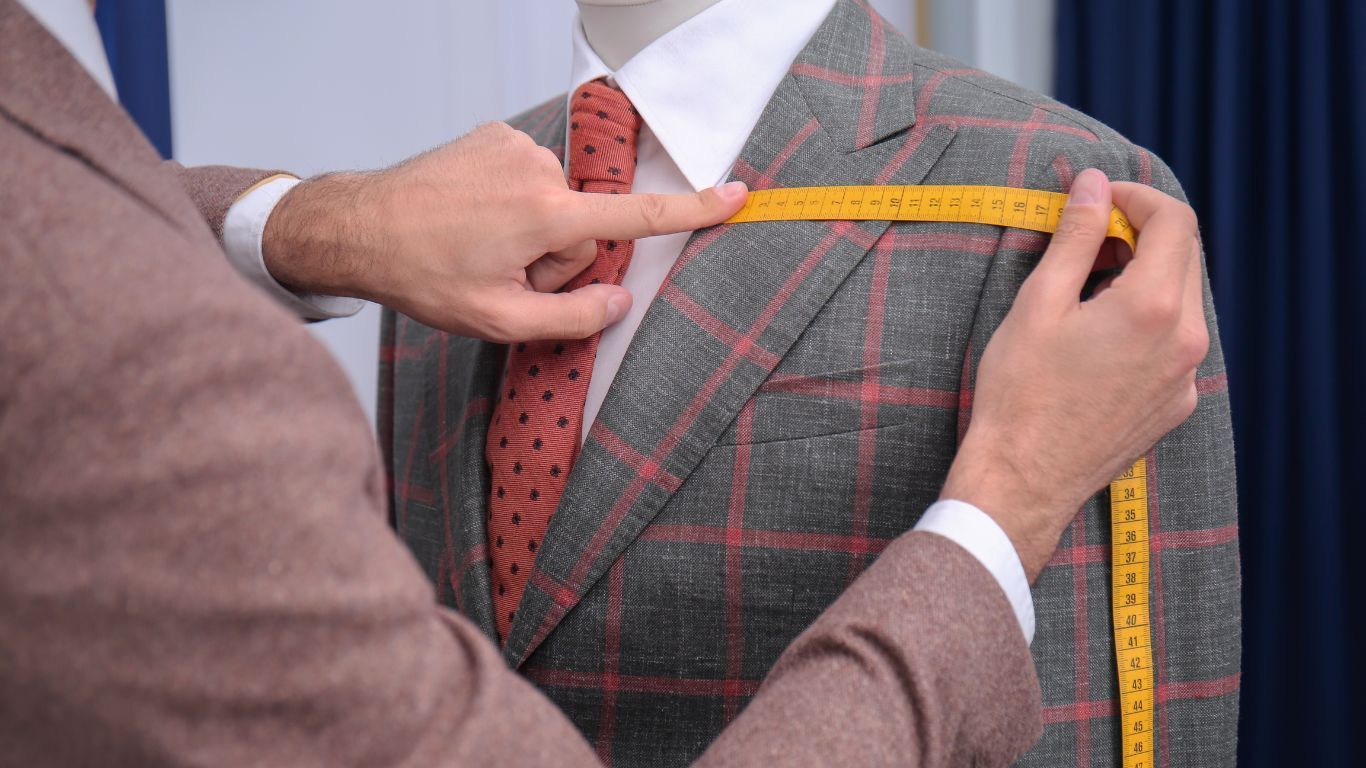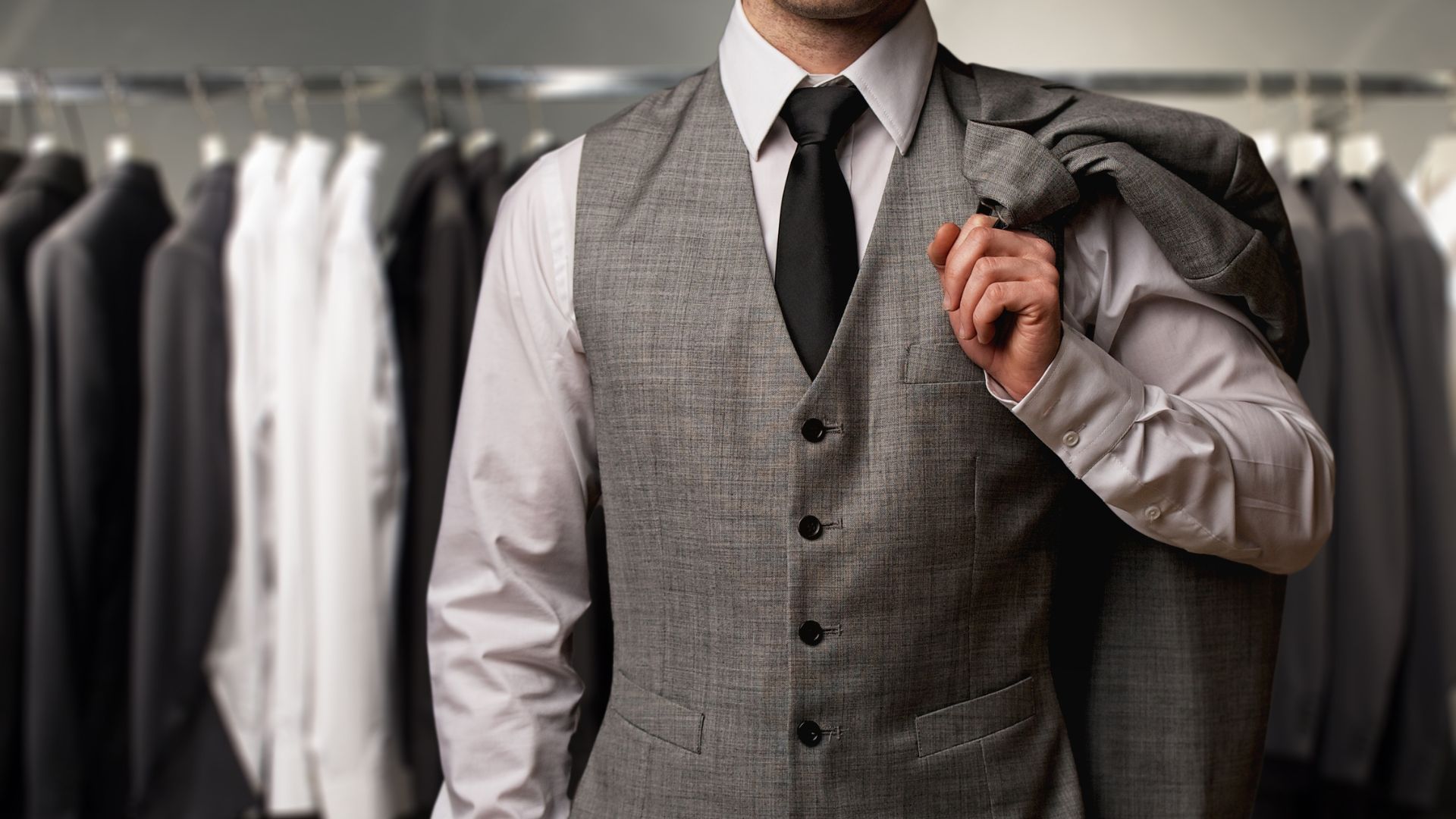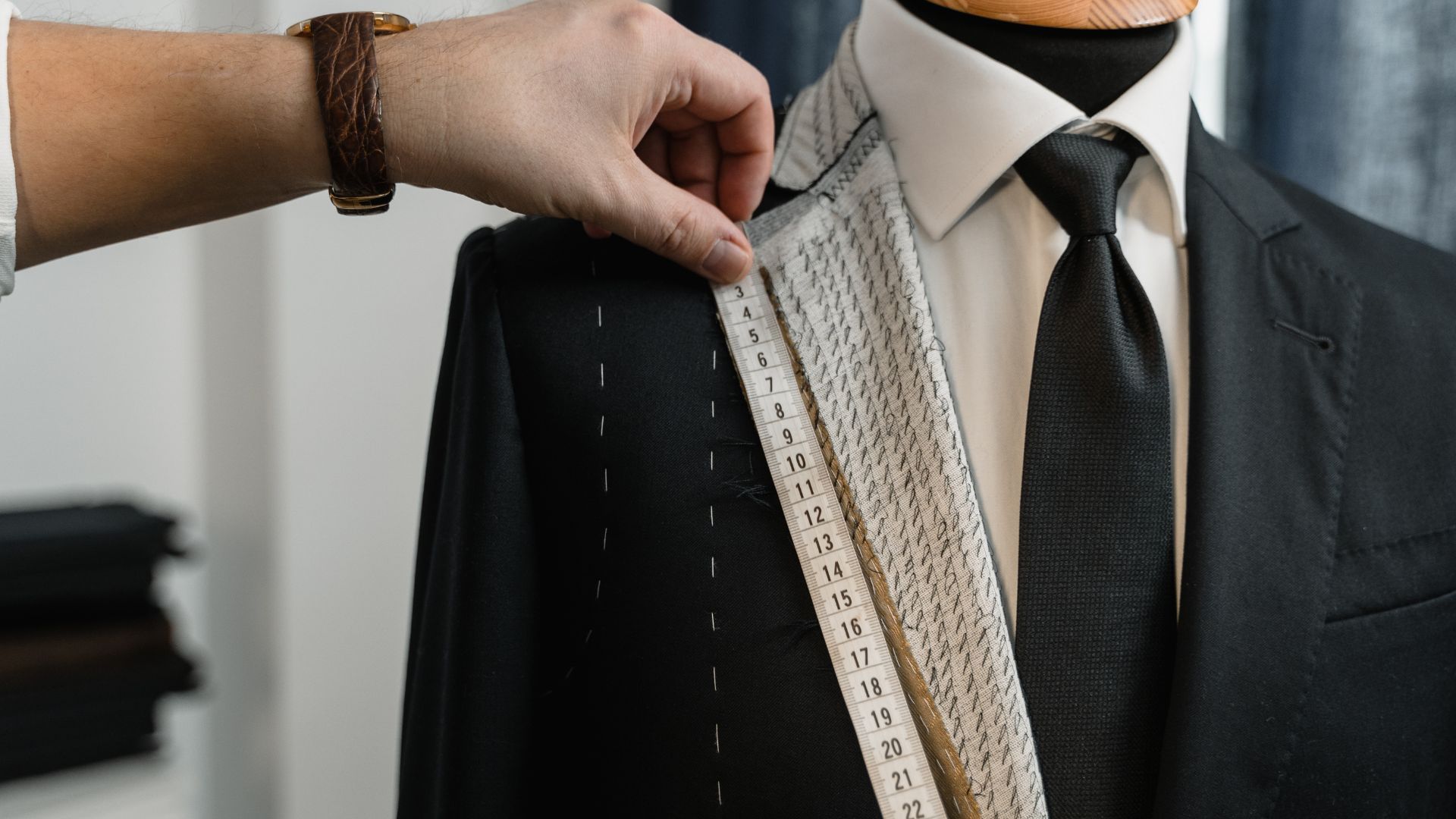Made To Last; How To Look After Your Suit
Michael Pascalis • March 9, 2022
A suit is an investment – and if you take proper care of it, you will get years and years of wear. At Pascalis Bespoke Tailoring, we have had clients who have passed on their suits through generations! After all, a classic suit will never go out of style.
So, without further ado, here are our top tips on how to look after your suit:
- Wear Your Suit Appropriately
A suit should never be worn more than twice a week. Make sure that you are rotating your suits to ensure longevity. When investing in a made to measure or bespoke tailored suit for work, wear them appropriately and only for the occasion you tailor made your suit for. - Store Your Suit on A Hanger
After a long day at work, it could be tempting to take off your suit and throw it on a chair – however, it is important to avoid this. Once you finish wearing your suit, store it on a hanger with a nice shoulder line for the suit jacket to drape perfectly over. Place some cedar balls in your wardrobe to keep moths away. - Spot Clean with a Damp
Cloth Stains are inevitable no matter how careful you are. If you spill food or wine on your suit, spring into action with a spot clean. Gently dab the spot with a damp cloth. If you are unable to remove the stain after a few tries, hand it over to the professionals.
Pro tip: Never put your suit into a washing machine, it will lose its shape. - Have a Good Drycleaner
Ensure that your drycleaner understands the process of cleaning and rejuvenating the luxurious fabric of your suit. If you are searching for a good drycleaner, speak to your tailor, they will be able to recommend drycleaners that can handle luxury fabrics. Once your suit is dry cleaned, and ready take home, make sure you remove the suit out of the plastic bag to let the fabric breathe, and take off the wire hanger and replace it will a plastic or wooden hanger. - Let Your Suit Breathe
Store your suit in a breathable cupboard – not one that is so packed that you can barely squeeze it in. For extra protections, keep your suit in the lightweight cloth garment bag provided when you purchased your suit, this will keep your suit clean and dust free.
Pro tip: After wearing your suit, air it out. This takes the oils out of the fabric and makes the suit fresh and ready to be worn again.
At Pascalis Bespoke Tailoring, we are devoted to ensuring our clients have the right guidance on how to look after their suits, this is why we are your
made to measure suits Sydney tailor that professional’s trust. Contact us on
(02) 9231 1211 for more information.

The conversation about summer dressing too often circles back to gimmicks. Shorts in the office, polo shirts in the boardroom, but these are symptoms of a deeper problem: we have forgotten how to make and wear proper clothing for the climate we live in. A summer suit, chosen with care, remains the most elegant answer. But not all suits are created equal. If the heat leaves you dreaming of linen drawstrings, it’s not the suit’s fault. It’s the wrong suit. Here are eight considerations that turn summer tailoring from punishment into pleasure. 1. Fabric First The single most important decision is fabric. Natural fibres are non-negotiable. Polyester and other synthetics trap heat and suffocate the skin; they are cheap in every sense of the word. Tropical wool, with its fine yarn and open weave, has been the quiet hero of summer tailoring for decades. Linen, either pure or in a wool blend, brings unmatched breathability and texture. Cotton offers a crisp alternative for the more casual office. The principle is simple: fabric should breathe. 2. Lightness of Weave Weight is not enough; weave matters too. A dense cloth, no matter how fine, will feel like armour in January. Fresco, hopsack, and other open-weave constructions let air circulate without sacrificing drape. They prove that you don’t need to bare skin to keep cool. 3. The Case for Unlined Jackets Every layer in a suit traps heat. A fully lined jacket in the peak of summer is as unnecessary as it is uncomfortable. Half-lined or unlined jackets offer structure without insulation. Stripped back to its essentials, the jacket still frames the shoulders, flatters the waist, and gives shape, only now it does so without suffocating the wearer. 4. Rethinking Fit The tyranny of the skinny suit has done more to ruin summer dressing than the thermometer ever could. Narrow lapels, shrunken jackets, and trousers cut like leggings may look sharp in shop windows, but in the real world they cling, sweat, and stifle. A summer suit demands room to breathe: a touch more fullness in the chest, pleats in the trousers, a slightly longer rise. These small concessions to airflow make all the difference. 5. Freedom of Movement Tailoring was never meant to be restrictive. The best summer suits allow ease: side vents that open as you walk, trousers that fall cleanly without gripping the thigh, shoulders that move without resistance. Comfort is not the enemy of style, but rather it is its foundation. 6. The Role of Colour Summer is no time for charcoal and midnight navy. Dark cloth absorbs heat and looks heavy against the season’s light. Pale grey, beige, sky blue are shades that reflect the sun and signal ease. Seersucker, with its puckered surface, even lifts the fabric off the skin to create tiny channels of air. If ever there was a fabric designed for August, this is it. 7. Care and Longevity Summer is unforgiving. Suits face sweat, humidity, and relentless sun. The careless solution is cheap rotation: buy more, wear them out, throw them away. The wiser approach is investment. A well-made summer suit, rested between wears and hung to air, will last for years. Quality not only looks better, it endures. 8. Dressing with Intent The final consideration is not technical but philosophical. A summer suit is more than cloth and cut. It is a statement that professionalism need not wilt in the heat, that respect for the occasion is not seasonal. To wear one well is to prove that elegance adapts. Shorts may make headlines; tailoring makes an impression. There is nothing radical about suggesting that a summer suit can be cool, comfortable, and dignified. It has always been possible. The knowledge is there, in the choice of fabric, the looseness of cut, the restraint of lining, the play of colour. What is required is not reinvention but remembrance: a return to tailoring that understands climate rather than fights it. Eight considerations for made to measure suits for summer, then, but really one principle: good clothes work with the body, not against it. And in the heart of summer, a well-made suit is not a contradiction. It is liberation.
